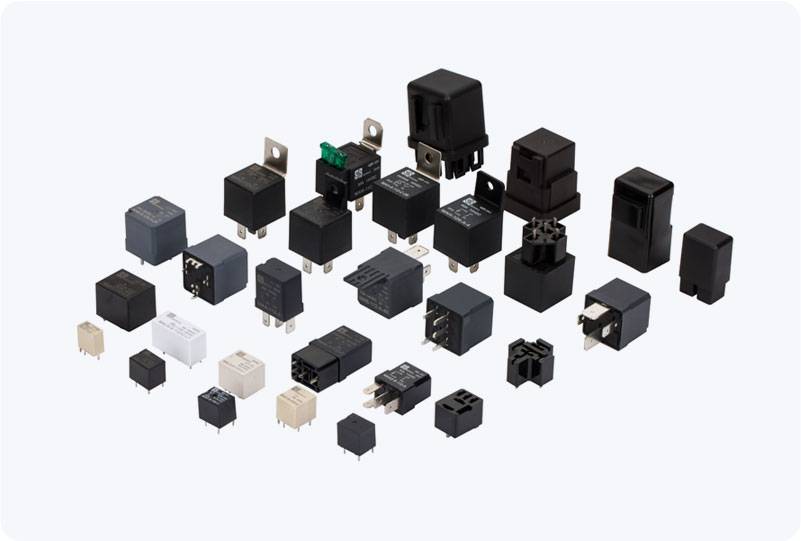A 220VAC power relay is an essential component in electrical control systems that enable the safe and efficient management of high-voltage circuits using low-voltage control signals. As the name suggests, these relays are designed to handle 220-volt alternating current (AC) systems, making them crucial in applications ranging from home appliances to industrial machinery. In this article, we will explore the working principle, features, applications, and safety considerations associated with 220VAC power relays.

What is a 220VAC Power Relay? A 220VAC power relay is an electrically operated switch that can control the flow of high-voltage electrical current (220V AC) in a circuit using a low-voltage control signal. The basic operation of a relay involves the use of an electromagnet to open or close contacts within the device. When a current flows through the coil of the relay, it generates a magnetic field that moves a mechanical arm (or lever), causing the switch to either make or break the circuit. The power relay allows for the switching of large electrical loads safely and efficiently, without the need for direct human intervention. By utilizing low-voltage control systems, such as microcontrollers, programmable logic controllers (PLCs), or simple switches, relays can regulate complex and potentially hazardous high-voltage electrical circuits.
Leave a Reply